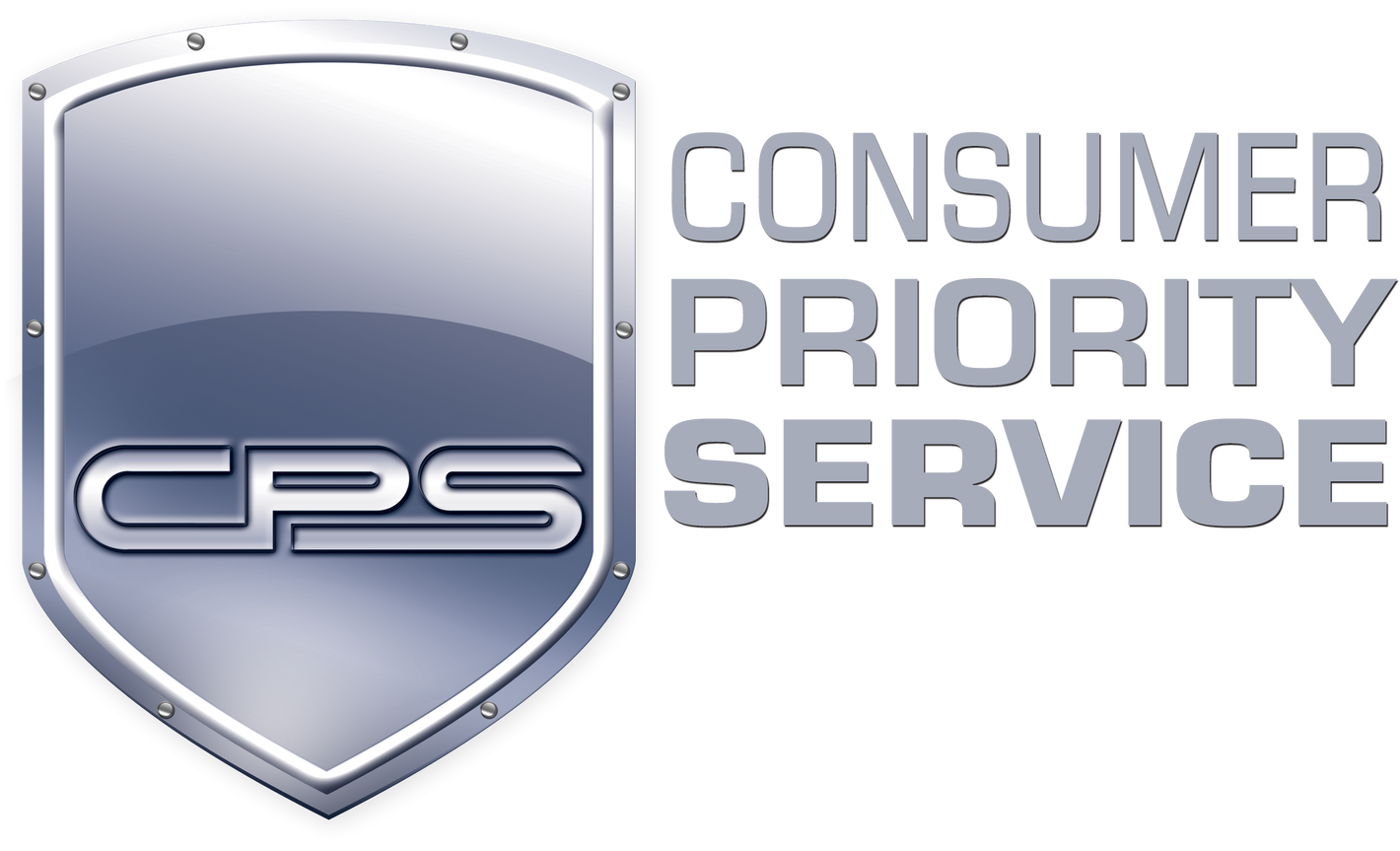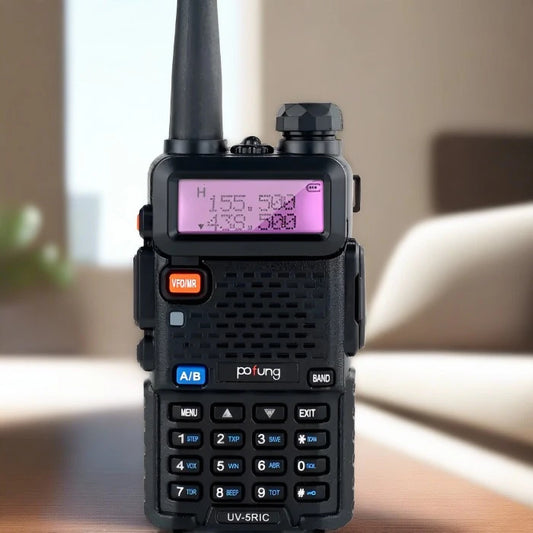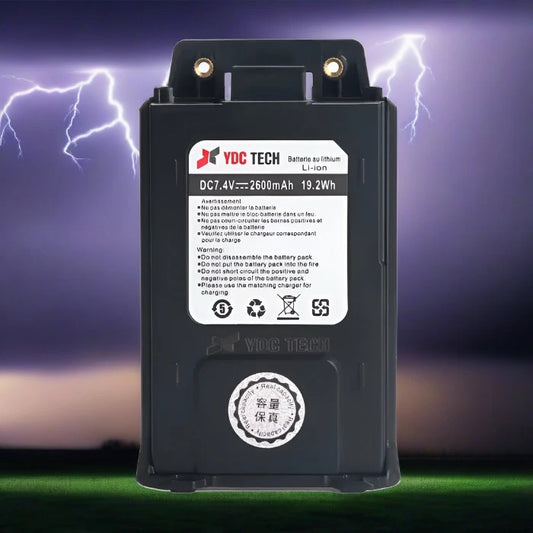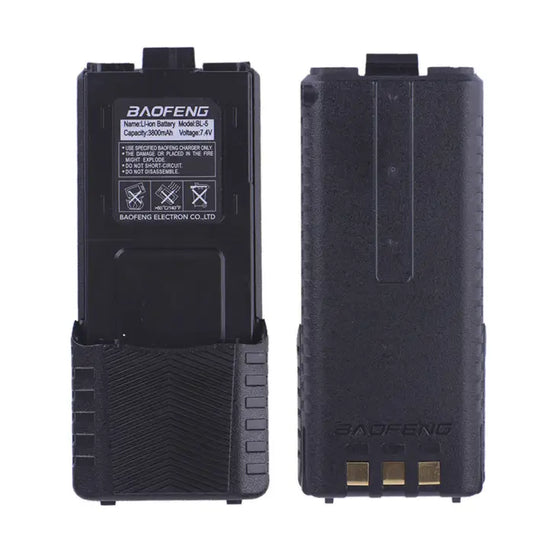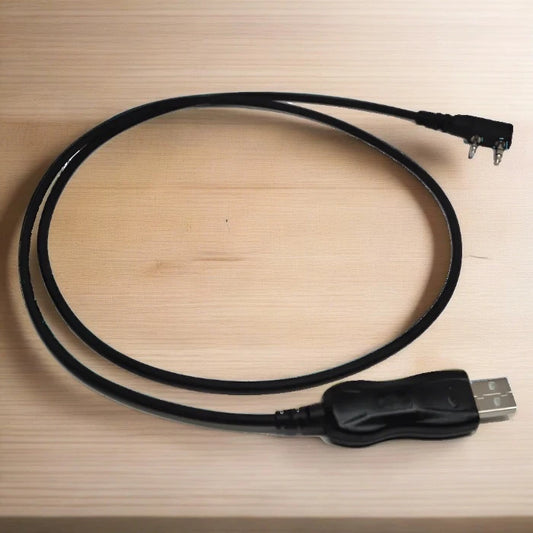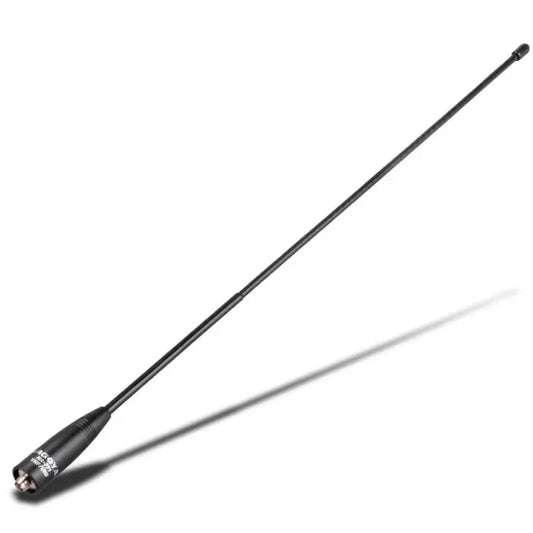FT8 and other modes using the WSJT-X software package allow just about anyone with a HF radio and even the most compromised antenna to work the world without large towers and amplifiers. I personally have an indoor dipole inefficiently working 20M and routinely log contacts 7,000-10,000 KM from my QTH. Here are my top 5 operating tips for getting the most out of FT8 and other WSJT-X digital modes.
Preface: Read the WSJT-X manual. It provides essential operating procedures to get the most out of the mode. Now the fun stuff!
1. Stay In Your Own Lane!
This is probably where a lot of beginners go wrong. Try and find a clear frequency on the waterfall and then stick with it, regardless of whether you call CQ or respond to others. Click “Hold Tx Freq” as found just under the big DECODE button and set and forget. This will ensure that you always transmit in the same place and importantly you don’t overlap with other operators. Why does this matter? Well, you’re more likely to be decoded if you’re replying to another station off of his own frequency. Think of it as working split, if you move to their frequency then you could be competing with all other stations.
2. Synchronize Watches :)
If you’ve used data modes like RTTY and PSK31 in the past, then you’re probably used to receive and transmit cycles where you click a signal and transmit as soon as the other station has finished.
FT8 (and the other WSJT-X modes) demand exact timing (within 1 second, preferably less) Your native Windows clock is likely to drift very quickly, unless you keep it trained to an accurate clock via the internet. Dimension4 is a great tool to keep Windows in sync, www.time.is will also allow one to check their clock.
3. A World of Colours
WSJT-X helpfully colour codes your decoded messages, so you can spot important messages quickly. If a new DXCC starts calling CQ which you’ve not seen before then this will be highlighted in dark purple (by default), if it’s a new DXCC for you on the band, then it’ll be highlighted a lighter shade of purple. A great way to chase more desirable stations when they pop up!
4. Who’s Picking Up What You’re Putting Down?
www.PSKReporter.info website is a very useful tool to find out first of all if you’re getting out, and secondly where in the world you are being decoded! This gives you an almost real time summary of the propagation on your chosen band, and to better understand who’s CQ to answer. If stations are decoding you then answering their CQ may lead to a QSO. This site allows one to also see stations in their gridquare that are sending or receiving, another great way to learn of propagation paths.
5. The Grass May Be Greener on the Other Side?
Just because their is no activity in your chosen lane does not mean there may be distant activity that is unseen. Think about a best practice of SSB HF to call out “Frequency in use, QRZ?” before starting to call CQ. FT8 does not offer this. If, on a busy day, you let the watchdog get you, and no calls are answered within 5 or 10 minutes, choose another spot on the waterfall. Conversely try switching from odds to evens, and work the other cycle. Its amazing what a simple shift in position or time slot will do for your log book!




